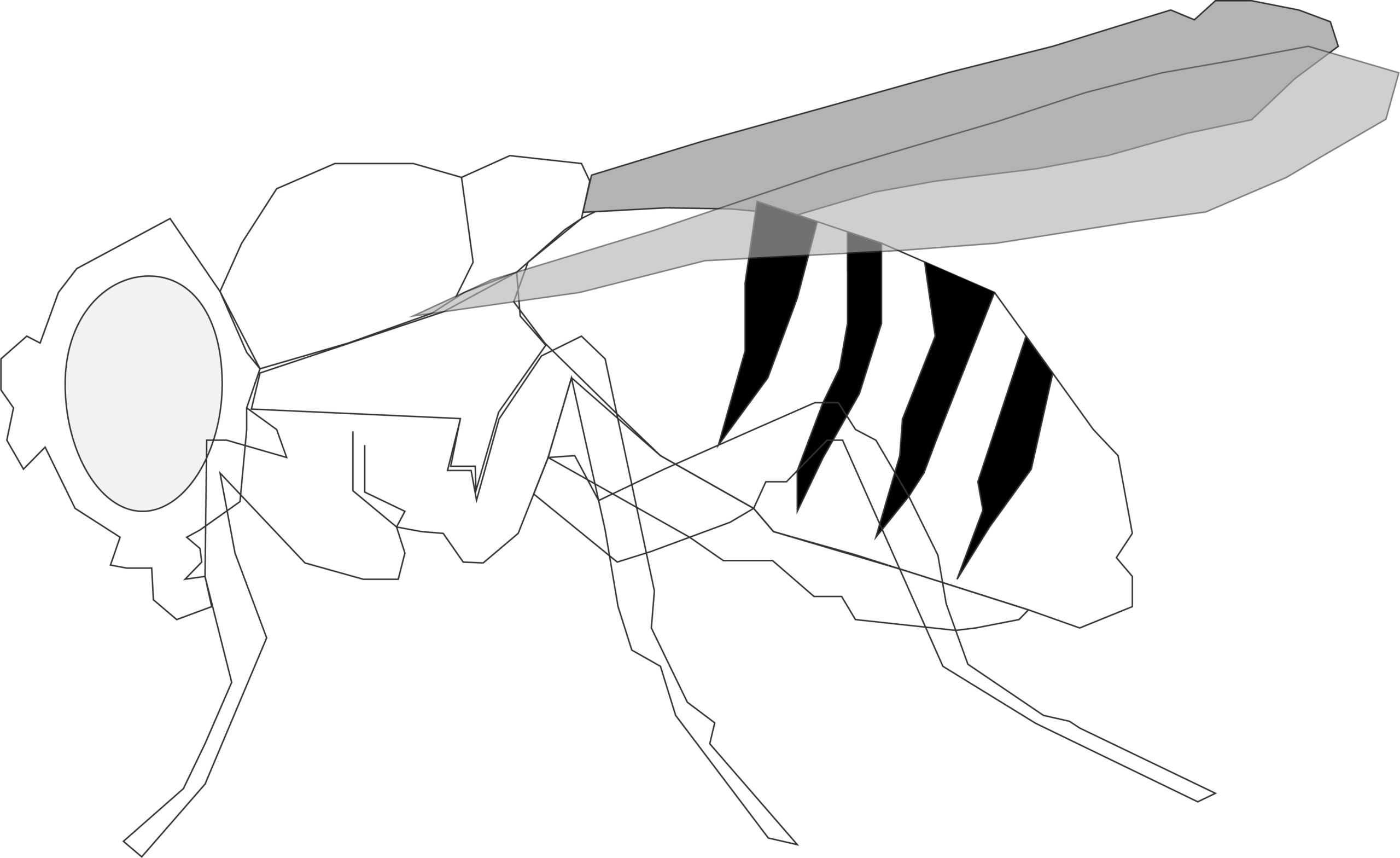Changes in gene expression are among the major causes of phenotypic and morphological differences within and between species as well as between diseased and healthy tissues. In eukaryotes gene expression is regulated at many different levels. Among these is the transcriptional gene regulation, which is mediated by DNA binding proteins called transcription factors. Transcription factors bind specific DNA sequences called motifs to regulate spatio-temporal gene expression. In our lab we use molecular biology and genetics to understand the interaction between transcription factors and cis-regulatory motifs for precise gene regulation.
Project 1: Understanding the biochemical and dynamic features of Homeodomain-DNA interactions
Protein-DNA interactions are central to biology from development to differentiation, diseases, and adaptation. DNA-binding proteins called transcription factors bind to specific DNA sequences with different specificities/affinities to recruit the transcriptional machinery and regulate nearby gene expression in time and space. How this robust specific activity with specific outcomes is achieved and how novelties emerge are among the most fundamental questions of molecular, cellular, developmental, and evolutionary biology. During my post-doc, I identified evolutionary scenarios responsible for the emergence of the Drosophila Bicoid transcription factor. This protein contains a homeodomain (HD) which is responsible for most of the molecular functions of Bicoid. I have generated several HD mutants (Liu Onal et al, 2018; Onal et al, 2021) with distinct functions leading to similar phenotypes, i.e survival during my postdoc. Here in my lab with this project diverging and converging activities of the Bcd HD mutant proteins and the mechanisms of actions will be investigated through molecular and morphological analyses, involving but not limited to construction of transgenic flies using traditional and/or CRISPR/Cas9 methodologies, live and fixed imaging, and in vivo and vitro binding and reporter assays.
Project 2: Intrinsically disordered regions and their roles in determining target specificity of transcription factors
Specific cis-regulatory motifs are 6-12 bp long and are abundant across the genome. However, a specific transcription factor binds only a subset of potential motifs. How these transcription factors bind right targets among thousands of others at the right time and space is still not fully understood. Drosophila transcription factor Bicoid (Bcd) is a maternal factor which regulates formation of head and thoracic segments. It has a highly conserved and well structured DNA-binding Homeodomain (HD) and transcription activating regions which lack sequence similarity and stable structure under native conditions. These regions are called intrinsically disordered regions (IDRs). While DNA binding HD binds directly to these motifs, IDRs are believed to be involved in different aspects of transcriptional regulation. They might mediate target recognition through promiscuous and weak DNA binding, interact with cofactors, form transcriptional hubs (condensates) and change conformation of the DNA and thereby contribute to transcriptional specificity. We investigate how these different structural regions and mechanisms impact robust and specific transcriptional regulation and development by using in vitro and in vivo techniques in the model of Drosophila embryogenesis.
Project 3: Effect of transcriptional repression during development
Transcription repressors act to decrease or inhibit gene expression. Their mechanisms of action can vary. They can bind to specific DNA motifs and block RNAP binding or recruit co-repressor chromatin modifiers that compact DNA. They can also act via interfering with the binding of transcription activators directly or indirectly. Runt and Capicua (Cic) are two Drosophila transcription factors that are essential for embryo patterning. They act both as transcriptional activators and repressors in a context-dependent manner. Cic is a HMG box domain containing repressor that is conserved between mammals and Drosophila. It functions downstream of receptor tyrosine kinase (RTK) signaling pathway. In the absence of signaling, Cic represses RTK-responsive genes, whereas activation of RTK signaling down-regulates Cic activity, leading to derepression of its targets. Cic homolog in humans is usually mutated in neurodegenerative diseases and human cancers. Runt homologs exist in vertebrates and function in the development and differentiation of hematopoietic and neuronal cells. Chromosomal translocations involving the RUNX1 gene are associated with several types of leukemia. Mutations in RUNX1 are implicated in cases of breast cancer.
Combinatorial repression by Cic, Runt and Kruppel (Kr) is critical for setting up the posterior boundaries of different Bcd target genes along the anterior posterior axis (Chen et al, 2012). While Cic is a maternal repressor expressed broadly along the AP axis, runt is expressed zygotically in seven-stripe pair rule pattern. We will examine the transcriptional repression during embryo development in the example of these repressor transcription factors of different families using in vivo and in vitro biochemical assays and live and fixed embryo imaging assays.
